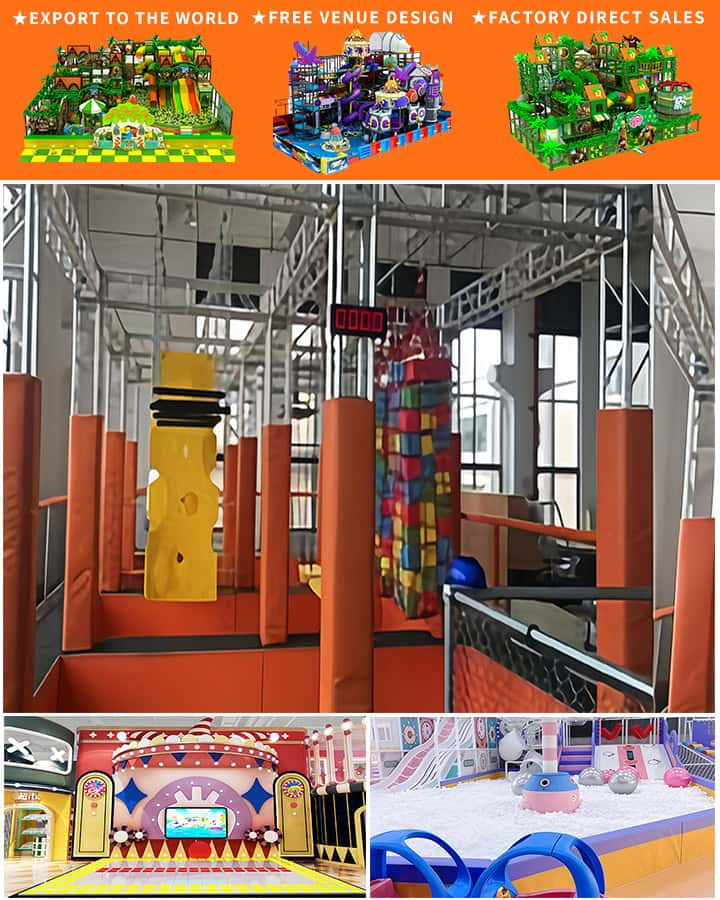In an increasingly digital world where kids are often glued to screens, the emergence and popularity of children’s indoor playgrounds have provided a much-needed sanctuary for physical activity, social interaction, and imaginative play. These vibrant spaces are meticulously designed to cater to the developmental needs of young children while offering parents a safe and secure environment. Here’s why children’s indoor playgrounds are becoming an essential feature in urban landscapes and community centers alike.
Physical Development and Health Benefits
Children’s indoor playgrounds offer an array of equipment and structures that promote physical fitness, from climbing frames and slides to trampolines and interactive games. Regular visits to these playgrounds encourage children to engage in activities that enhance their motor skills, coordination, balance, and overall strength. Unlike sedentary activities such as video gaming, time spent in an indoor playground allows children to burn off energy, which is essential for their physical health and well-being.
Social Skills and Emotional Growth

One of the most significant benefits of indoor playgrounds is the opportunity for children to interact with peers. These settings provide a platform for kids to develop social skills such as sharing, cooperation, communication, and empathy. Group activities and playdates at indoor playgrounds help children learn how to navigate social scenarios, resolve conflicts, and build friendships in a controlled environment. Moreover, the emotional boost gained from playing and laughing with friends contributes positively to a child’s mental health.
Cognitive Development through Play
Play is not just about fun; it’s also a critical component of cognitive development. Indoor playgrounds often incorporate educational elements into their design, such as puzzles, building blocks, and themed play areas that stimulate creativity and problem-solving skills. These environments challenge children’s minds and encourage them to think critically and creatively, laying the foundation for lifelong learning.
Safety and Convenience
Safety is a paramount concern for both parents and caregivers, and indoor playgrounds address this by providing a controlled environment where risks can be minimized. These facilities are typically equipped with soft flooring, padded walls, and age-appropriate play equipment to ensure that children can explore and play without constant supervision. Additionally, indoor playgrounds shield children from external weather conditions, making them a reliable option for year-round enjoyment regardless of rain, snow, or extreme temperatures.
Community Building and Family Bonding
Children’s indoor playgrounds also serve as communal hubs where families and communities come together. They host events, workshops, and parties that foster a sense of belonging and community spirit. Parents can connect with other caregivers, share experiences, and support one another, creating a network that extends beyond the playground itself. For many families, these spaces offer a much-needed break from the routine and an opportunity to bond over shared activities.
Conclusion
Children’s indoor playgrounds are more than just recreational spaces; they are vital environments that support physical health, social development, cognitive growth, and emotional well-being. As our society continues to recognize the importance of holistic child development, these playgrounds will undoubtedly remain a cherished resource for families seeking safe, stimulating, and nurturing places for their children to thrive. Whether it’s a birthday celebration, a weekend outing, or a spontaneous visit, indoor playgrounds promise endless joy and developmental benefits for kids of all ages.




